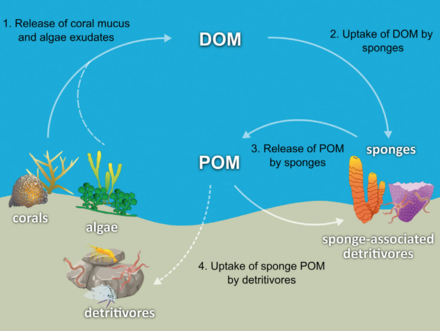Sponge breeding can be done sexually or asexually. There are three ways for sponges to reproduce asexually: budding, jemmules, and regeneration. The sponge can be easily propagated by budding, and the new sponge grows from the old one and eventually breaks.
How do sponges propagate?
Sponges breed both sexually and asexually. Budding is a form of asexual reproduction of sponges. At budding, small new sponges grow from the sides of the adult sponge. Eventually, these little sponges will come off and start living on their own.
What are the three types of sponges?
Most sponges fall into one of three categories, asconoids, syconoids, and leuconoids, based on the canal system. Asconoid sponges are the simplest type of tissue. Small, tubular water enters the sponge through the pores of the dermis and flows into the atrium.
Why does the sponge reproduce sexually?
They utilize sexual reproduction to exchange genetic material with other sponges of the same species, thereby increasing genetic diversity.
What are the three facts about sponges?
They live in shallow water and deep sea, and some live in freshwater. Here are five facts about one of our wreck favorites! 1. Early fossil records show that sponges lived on Earth about 600 million years ago.

Below you will find two helpful answers on a similar topic. 👇
Why do sponges sexually reproduce?How do Rabbits build their nests?
